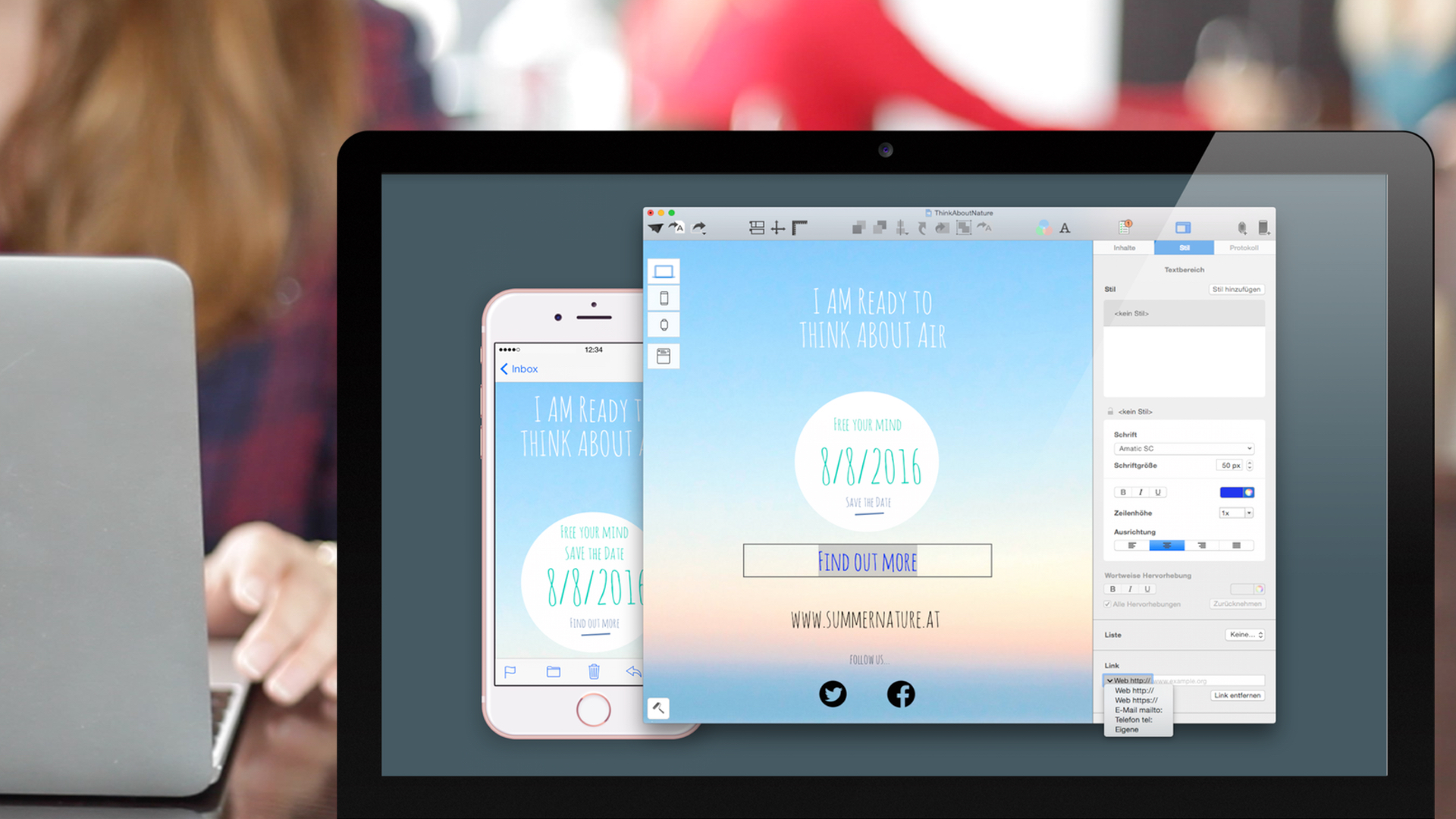

- #Mail designer 1.2.1 update
- #Mail designer 1.2.1 full
- #Mail designer 1.2.1 software
- #Mail designer 1.2.1 code
The group identifier should be identical when you have multiple replicates from the same experimental group, just increment the replicate identifier appropriately. It has to be a comma-separated file with 6 columns, and a header row as shown in the examples below. Use this parameter to specify its location.

You will need to create a design file with information about the samples in your experiment before running the pipeline. input href="#input" class="header-link scroll_to_link">
#Mail designer 1.2.1 software
Pulls software from DockerHub: nfcore/chipseq.A generic configuration profile to be used with Singularity.Pulls software from dockerhub: nfcore/chipseq.A generic configuration profile to be used with Docker.If -profile is not specified, the pipeline will run locally and expect all software to be installed and available on the PATH. They are loaded in sequence, so later profiles can overwrite earlier profiles. Note that multiple profiles can be loaded, for example: -profile test,docker - the order of arguments is important! For more information and to see if your system is available in these configs please see the nf-core/configs documentation. The pipeline also dynamically loads configurations from when it runs, making multiple config profiles for various institutional clusters available at run time.
#Mail designer 1.2.1 full
We highly recommend the use of Docker or Singularity containers for full pipeline reproducibility, however when this is not possible, Conda is also supported. Several generic profiles are bundled with the pipeline which instruct the pipeline to use software packaged using different methods (Docker, Singularity, Conda) - see below. Profiles can give configuration presets for different compute environments. Use this parameter to choose a configuration profile. This version number will be logged in reports when you run the pipeline, so that you'll know what you used when you look back in the future. Then specify this when running the pipeline with -r (one hyphen) - eg.
#Mail designer 1.2.1 code
If you keep using the same tag, you'll be running the same version of the pipeline, even if there have been changes to the code since.įirst, go to the nf-core/chipseq releases page and find the latest version number - numeric only (eg. This ensures that a specific version of the pipeline code and software are used when you run your pipeline. It's a good idea to specify a pipeline version when running the pipeline on your data.
#Mail designer 1.2.1 update
To make sure that you're running the latest version of the pipeline, make sure that you regularly update the cached version of the pipeline: nextflow pull nf-core/chipseq Reproducibility When running the pipeline after this, it will always use the cached version if available - even if the pipeline has been updated since. When you run the above command, Nextflow automatically pulls the pipeline code from GitHub and stores it as a cached version. Results # Finished results (configurable, see below) Note that the pipeline will create the following files in your working directory: work # Directory containing the nextflow working files See below for more information about profiles.

This will launch the pipeline with the docker configuration profile. The typical command for running the pipeline is as follows: nextflow run nf-core/chipseq -input design.csv -genome GRCh37 -profile docker We recommend adding the following line to your environment (typically in ~/.bashrc or ~./bash_profile): NXF_OPTS='-Xms1g -Xmx4g' Running the pipeline It is recommended to limit the Nextflow Java virtual machines memory. Alternatively you can run nextflow within a cluster job submitted your job scheduler. We recommend that you put the process running in the background through screen / tmux or similar tool. Thus the Nextflow process must run until the pipeline is finished. Nextflow handles job submissions on SLURM or other environments, and supervises running the jobs.


 0 kommentar(er)
0 kommentar(er)
